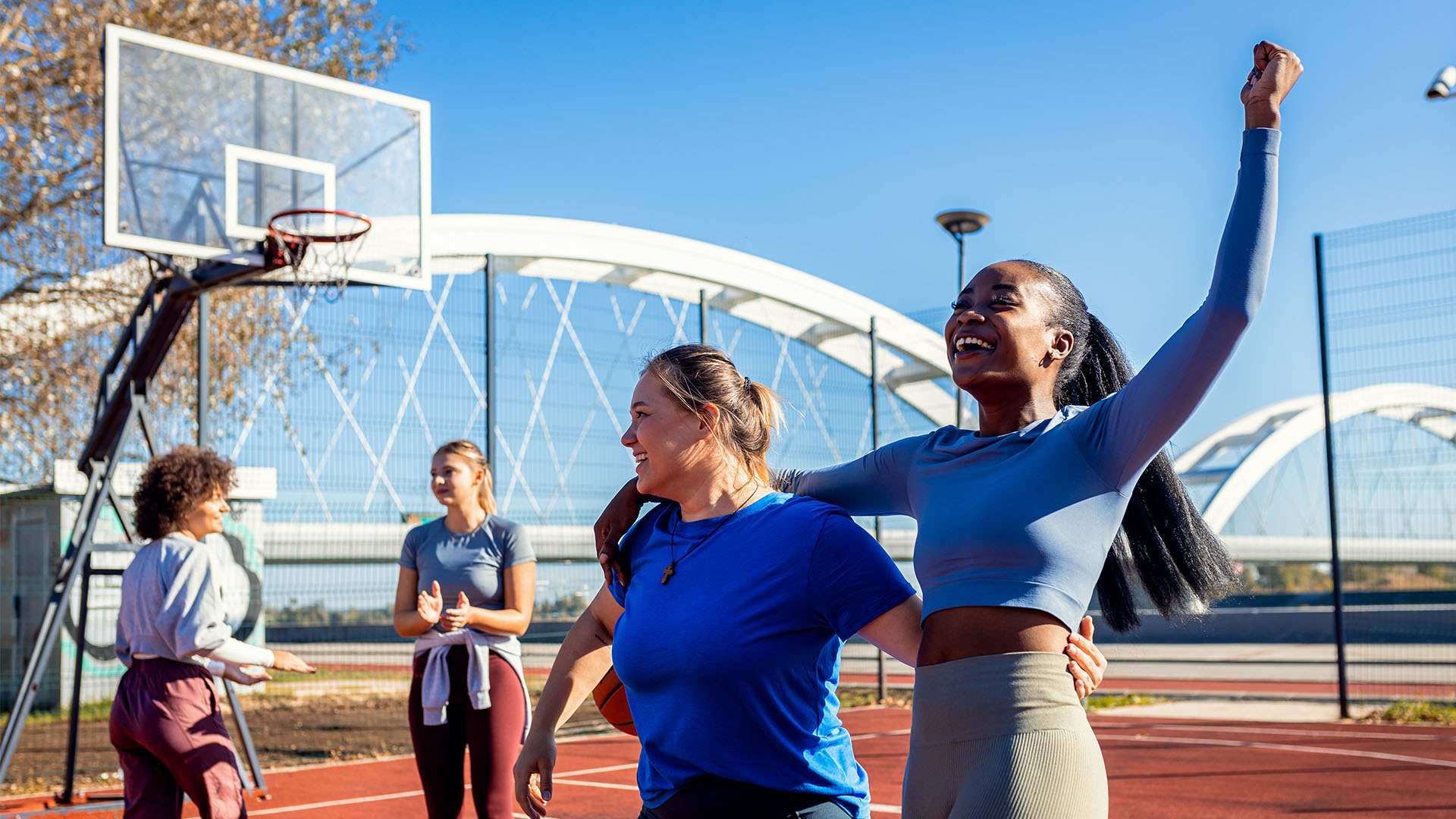Motorcycle safety is of utmost importance for riders of all levels of experience. Whether you are a seasoned rider or just starting out, it is crucial to prioritize safety every time you hit the road. In this article, we will discuss various aspects of motorcycle safety and provide tips and guidelines to ensure a safe riding experience. From wearing proper protective gear to following traffic rules and regulations, staying alert and focused on the road, maintaining a safe distance from other vehicles, and being prepared for emergency situations, we will cover all the essential aspects of motorcycle safety.
Wear Proper Protective Gear for Motorcycle Riding
One of the most important aspects of motorcycle safety is wearing proper protective gear. This includes a helmet, gloves, jacket, boots, and pants. Each piece of gear serves a specific purpose in protecting the rider from potential injuries.
A helmet is perhaps the most crucial piece of protective gear for a motorcycle rider. It protects the head and brain in case of an accident or collision. It is important to choose a helmet that fits properly and meets safety standards. Gloves are essential for protecting the hands from abrasions and injuries in case of a fall. They also provide better grip on the handlebars.
A jacket made of durable material such as leather or Kevlar can protect the upper body from abrasions and injuries. It should have padding or armor in critical areas such as the shoulders, elbows, and back. Boots should be sturdy and provide ankle support to protect the feet and ankles in case of an accident. Pants made of durable material can protect the legs from abrasions and injuries.
It is important to wear all the necessary protective gear every time you ride your motorcycle. Even short rides can turn into accidents, so it is better to be safe than sorry.
Check Your Motorcycle Before Every Ride
Before you hit the road, it is crucial to check your motorcycle thoroughly to ensure that it is in good working condition. This includes checking the tires, brakes, lights, and other essential parts of the motorcycle.
Tires should be properly inflated and have sufficient tread depth for good traction. Check for any signs of wear or damage and replace the tires if necessary. Brakes should be in good working condition and provide sufficient stopping power. Check the brake pads and replace them if they are worn out.
Lights should be functioning properly, including headlights, taillights, turn signals, and brake lights. Ensure that all the electrical components are working as they should. Check the oil and fluid levels and top them up if necessary. It is also important to check the chain tension, clutch, and throttle to ensure smooth operation.
By checking your motorcycle before every ride, you can identify any potential issues or problems and address them before they become a safety hazard. It is better to be proactive and prevent accidents rather than dealing with the consequences later.
Follow Traffic Rules and Regulations
Motorcycle riders are subject to the same traffic rules and regulations as other vehicles on the road. It is important to follow these rules to ensure your safety as well as the safety of others.
Observe speed limits and adjust your speed according to road conditions. Always use your turn signals when changing lanes or making turns. Stop at red lights and stop signs, and yield to pedestrians and other vehicles when necessary. Do not weave in and out of traffic or ride on the shoulder.
One common traffic violation that motorcycle riders often commit is lane splitting, which is riding between two lanes of traffic. While it may be legal in some states or countries, it is still a risky maneuver that can lead to accidents. It is important to exercise caution and only lane split when it is safe to do so.
Another common violation is not wearing a helmet or not wearing one that meets safety standards. It is important to comply with helmet laws and wear a helmet that provides adequate protection.
By following traffic rules and regulations, you can reduce the risk of accidents and ensure a safe riding experience for yourself and others on the road.
Stay Alert and Focused on the Road
Staying alert and focused on the road is crucial for motorcycle riders. Unlike drivers of cars or trucks, motorcycle riders are more exposed to the elements and have less protection in case of an accident. Therefore, it is important to be fully present and aware of your surroundings while riding.
Distractions can be extremely dangerous for motorcycle riders. Avoid using your phone or any other electronic device while riding. Keep your eyes on the road and your hands on the handlebars at all times. Avoid listening to loud music or wearing headphones that can impair your ability to hear traffic sounds.
To stay alert and focused on the road, it is important to get enough rest before riding. Fatigue can impair your judgment and reaction time, so make sure you are well-rested before getting on your motorcycle. Stay hydrated and take regular breaks during long rides to avoid fatigue.
Keep a Safe Distance from Other Vehicles

Maintaining a safe distance from other vehicles is crucial for motorcycle safety. Motorcycles have a smaller profile than cars or trucks, which makes them less visible to other drivers. By keeping a safe distance, you can give yourself more time to react to any sudden changes in traffic.
To determine a safe following distance, use the two-second rule. Choose a fixed object on the road, such as a sign or a tree, and count the seconds it takes for the vehicle in front of you to pass that object. If it takes less than two seconds, you are following too closely and should increase your distance.
Maintaining a safe distance also means avoiding blind spots of other vehicles. Be aware of where other vehicles are in relation to your motorcycle and position yourself in a way that makes you more visible to them.
Avoid Riding Under the Influence of Alcohol or Drugs
Riding under the influence of alcohol or drugs is extremely dangerous and can have fatal consequences. Alcohol and drugs impair a rider’s ability to make quick decisions, react to changing traffic conditions, and maintain balance and coordination.
Alcohol slows down reaction time, impairs judgment, and reduces coordination. Even a small amount of alcohol can affect your ability to ride safely. It is best to avoid drinking alcohol before riding altogether.
Drugs, including prescription medications that can cause drowsiness or dizziness, can also impair a rider’s ability to ride safely. Always read the labels of any medications you are taking and consult with your doctor if you are unsure about their effects on your ability to ride.
If you plan on drinking or taking medication that may impair your ability to ride, it is best to find an alternative mode of transportation or arrange for a designated driver.
Stay Visible to Other Drivers
Being visible to other drivers is crucial for motorcycle safety. Motorcycles have a smaller profile than cars or trucks, which makes them less visible on the road. By taking steps to increase your visibility, you can reduce the risk of accidents caused by other drivers not seeing you.
Wear bright and reflective clothing that stands out on the road. This will make you more visible during the day as well as at night. Use reflective tape on your motorcycle and helmet to increase visibility from all angles.
Position yourself in a way that makes you more visible to other drivers. Avoid riding in blind spots and use your headlights even during the day. Signal your intentions clearly and in advance so that other drivers can anticipate your movements.
Use Hand Signals to Communicate with Other Riders
Communication with other riders is important for group rides or when riding in close proximity to other motorcycles. Hand signals can be used to communicate effectively while riding.
The most common hand signal is the hand signal for turning. To signal a left turn, extend your left arm straight out to the side. To signal a right turn, extend your left arm and bend it upward at the elbow. To signal stopping or slowing down, extend your left arm downward at a 90-degree angle.
It is important to practice these hand signals and ensure that other riders in your group are familiar with them as well. Clear communication can help prevent accidents and ensure a safe riding experience for everyone involved.
Be Prepared for Emergency Situations
Being prepared for emergency situations is crucial for motorcycle safety. Accidents can happen unexpectedly, and it is important to know how to handle them effectively.
First and foremost, always wear your protective gear, including a helmet, gloves, jacket, boots, and pants. This will provide you with some level of protection in case of an accident.
Practice emergency braking and swerving techniques in a controlled environment. This will help you develop the necessary skills to avoid obstacles or stop quickly in case of an emergency.
Carry a first aid kit and know how to administer basic first aid in case of injuries. It is also important to have the necessary tools and equipment to perform basic repairs on your motorcycle if needed.
By being prepared for emergency situations, you can minimize the impact of accidents and ensure a safer riding experience.
Practice Defensive Riding Techniques
Defensive riding techniques can help prevent accidents and ensure a safe riding experience. Defensive riding involves being aware of potential hazards on the road and taking proactive measures to avoid them.
One important defensive riding technique is maintaining a safe following distance from other vehicles. This gives you more time to react to any sudden changes in traffic and reduces the risk of rear-end collisions.
Another technique is scanning the road ahead and being aware of potential hazards such as potholes, debris, or animals. By scanning the road ahead, you can anticipate potential dangers and take appropriate action to avoid them.
Always be prepared for the unexpected and have an escape route in mind. This means positioning yourself in a way that allows you to maneuver safely if a car suddenly changes lanes or stops abruptly.
In conclusion, motorcycle safety is of utmost importance for riders of all levels of experience. By wearing proper protective gear, checking your motorcycle before every ride, following traffic rules and regulations, staying alert and focused on the road, maintaining a safe distance from other vehicles, avoiding riding under the influence of alcohol or drugs, staying visible to other drivers, using hand signals to communicate with other riders, being prepared for emergency situations, and practicing defensive riding techniques, you can ensure a safe riding experience every time you hit the road. Prioritizing safety should always be the top priority for motorcycle riders.
If you’re a motorcycle enthusiast, you know that safety should always be a top priority. In fact, a recent article on Discover Health TV highlights the importance of motorcycle safety and provides valuable tips for riders. From wearing proper protective gear to staying alert on the road, this article offers essential advice to ensure a safe and enjoyable riding experience. Check out the full article here and ride with confidence knowing you’re well-informed about motorcycle safety.



